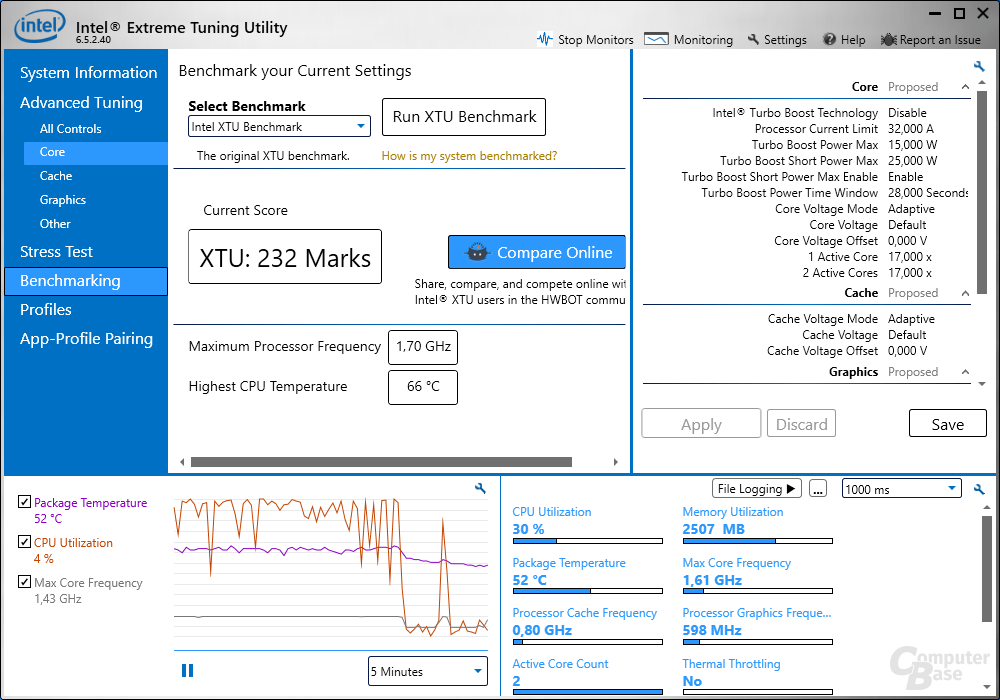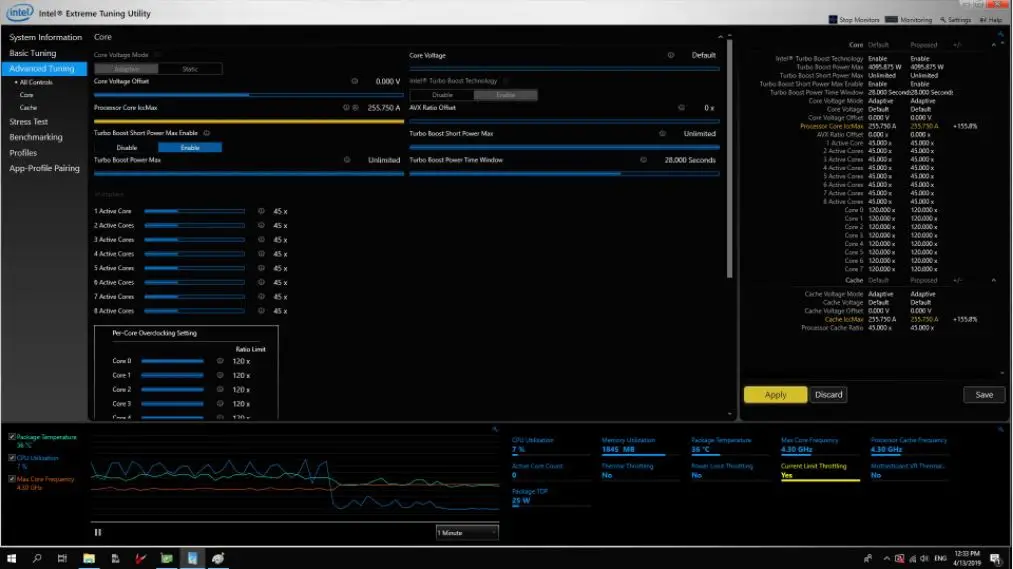
For the XPS 15, that’s 1.5.0, but you can generally find this by looking at the most recent BIOS update listed on your OEM’s website, and lowering that number by 1 integer (e.g. So, how to fix this? Regardless of your manufacturer, you’ll need to find the next most recent BIOS update, download it, and re-flash the BIOS.

That would be fine if undervolting wasn’t a literal necessity on the XPS 15 due to its thermal limitations. Intel left it up to the manufacturer for how to address this issue, and Dell cheekily decided they would push a BIOS update over Windows Update without telling anybody. The security exploit requires physical access to the machine, and so I think for nearly all home users, that already makes this something you do not need to worry about (enterprise might be another story, though). Hopefully Intel will be able to produce a proper fix for this vulnerability that does not involve disabling undervolting, or I suspect they are going to lose even more market share to AMD.īefore we get into how to roll back the BIOS and re-enable undervolting, we should address whether undervolting actually needs to be disabled or not. Until OEMs and Intel find ways of mitigating “plundervolt” without disabling a key feature of the chip that has become crucial on today’s thin, light, and undercooled notebooks, I cannot recommend purchasing any 10th-gen-equip systems if efficiency or performance are your main concerns. Among his criticisms were the build quality, price, and lack of ability to undervolt.

Well-known tech YouTuber Dave Lee reviewed his loaned MSI GS66.

When finished, press F2 repeatedly to enter BIOS.ĭo not let the laptop boot to windows before completing steps 5-6.Īs suspected, Intel’s 10th-gen Skylake-based (6-8 core) chips in laptops are shipping with undervolting abilities disabled from some (if not all) OEMs. EC Controller may fail to patch but others will succeed. Run BIOS from Windows the system will restartĤ. From BIOS -> Security, disable UEFI firmware capsule updates ‘ģ.


 0 kommentar(er)
0 kommentar(er)
